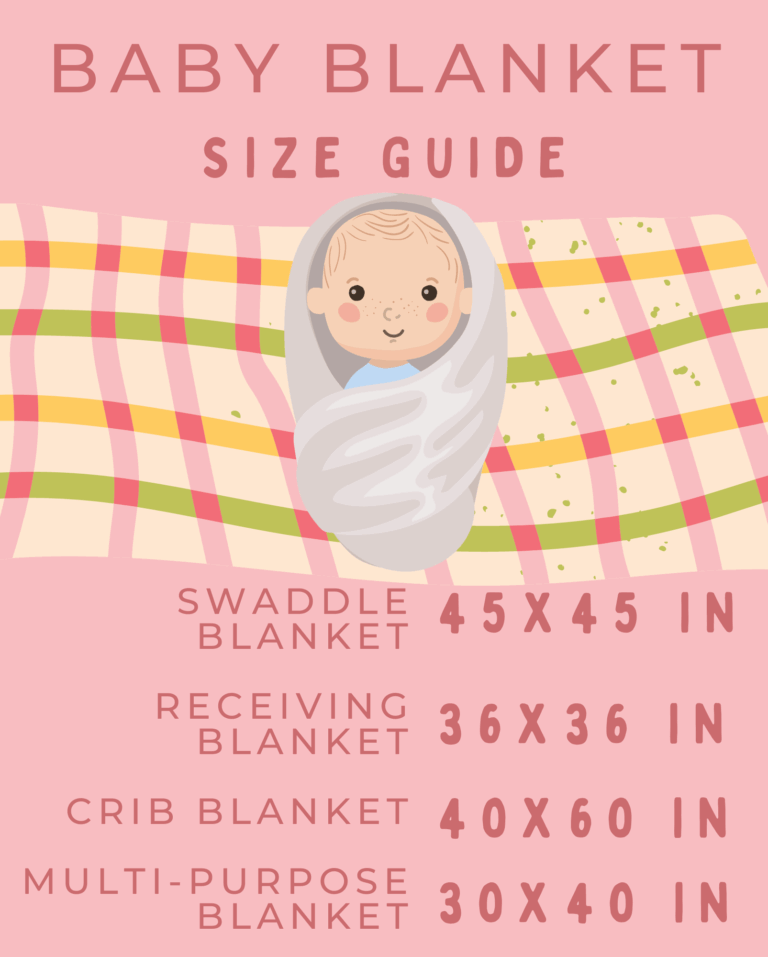Legging Legs: Thigh Gaps, Body Image, and the Pursuit of Perfection
In the realm of fashion, leggings have emerged as a wardrobe staple, effortlessly blending comfort and style. Their popularity has sparked a discussion surrounding the relationship between leggings, legs, and the elusive thigh gap, a societal ideal that has captivated and perplexed individuals for years.
This exploration will delve into the intricate connections between these elements, examining the cultural significance, health implications, and psychological impact associated with leggings and thigh gaps. By shedding light on these complexities, we aim to foster a more nuanced understanding of body image and promote a healthy relationship with our bodies.
Legging Legs
Leggings have become a wardrobe staple for many, thanks to their comfort, versatility, and ability to accentuate the legs. Whether you’re hitting the gym, running errands, or just lounging around the house, leggings are a go-to choice for both comfort and style.
One of the main reasons leggings are so popular is that they’re incredibly comfortable. Made from stretchy, breathable fabrics, they allow for a full range of motion without feeling restrictive. This makes them ideal for activities like yoga, running, or simply relaxing at home.
Fashion Statement
In recent years, leggings have also become a popular fashion statement. They can be dressed up or down, making them suitable for a variety of occasions. Pair them with a tunic or sweater for a casual look, or dress them up with heels and a blazer for a more formal event. Leggings are also a great way to show off your legs, especially if you have a thigh gap.
Thigh Gap
A thigh gap is a space between the thighs when standing with feet together. It is often seen as a sign of beauty and fitness, and leggings can help to accentuate this feature. By wearing leggings that are tight-fitting and high-waisted, you can create the illusion of a larger thigh gap.
Thigh Gap
A thigh gap refers to a space between the inner thighs when standing with feet together. It has become a popular aesthetic ideal, particularly among young women, despite its unrealistic and potentially harmful nature.
Cultural and societal pressures, often perpetuated through social media and fashion industry, promote thigh gaps as a sign of beauty and thinness. This has led to widespread obsession and unhealthy practices among individuals striving to achieve this ideal.
Health Implications
Pursuing a thigh gap can have severe health consequences, including:
- Eating disorders: Restrictive dieting and excessive exercise to lose weight can lead to anorexia nervosa and bulimia.
- Nutritional deficiencies: Severely limiting food intake can result in malnutrition and vitamin deficiencies.
- Muscle loss: Excessive weight loss can cause muscle atrophy, reducing strength and mobility.
- Menstrual irregularities: Undernutrition and excessive exercise can disrupt hormone balance, leading to irregular periods or amenorrhea (absence of periods).
- Psychological distress: The obsession with achieving a thigh gap can lead to anxiety, depression, and low self-esteem.
Leggings and Thigh Gaps

Leggings are a popular form of clothing, especially among young people. They are often worn for comfort and style, but they can also be used to accentuate or minimize the appearance of thigh gaps. Thigh gaps are the spaces between the thighs when standing with feet together. They are often seen as a sign of beauty and fitness, but they can also be a source of insecurity for some people.
Accentuating Thigh Gaps
Leggings can accentuate thigh gaps by creating a smooth, unbroken line from the waist to the ankles. This can make the legs look longer and leaner, and it can also make the thigh gaps more visible. Some people may choose to wear leggings that are a size too small in order to create a more pronounced thigh gap. However, this can be uncomfortable and it can also lead to health problems.
Minimizing Thigh Gaps
Leggings can also be used to minimize the appearance of thigh gaps. This can be done by wearing leggings that are a size too large or by wearing leggings that are made from a thicker material. Thicker materials can help to create the illusion of a fuller thigh, which can make the thigh gaps less visible.
Psychological Impact
The decision to wear leggings can have a significant psychological impact on some people. For some, wearing leggings can be a way to feel more confident and attractive. For others, it can be a source of anxiety and insecurity. It is important to remember that there is no one right way to wear leggings. The best way to wear them is the way that makes you feel most comfortable and confident.
Body Image and Leggings
Leggings, with their skin-tight fit and revealing silhouette, have sparked discussions surrounding body image. They can either promote positive or negative perceptions, depending on various factors.
Promoting Positive Body Perceptions
- Comfort and Confidence: Leggings provide a comfortable and flexible fit, allowing for movement and expression without restriction. This can enhance self-confidence and promote a positive body image.
- Body Acceptance: Leggings can help individuals embrace their bodies by emphasizing their curves and natural shape. This acceptance can foster a healthy relationship with one’s body.
Promoting Negative Body Perceptions
- Body Comparison: Leggings can lead to comparisons with others, particularly on social media platforms. This can trigger feelings of inadequacy or dissatisfaction with one’s own body.
- Objectification: Leggings can accentuate certain body parts, potentially leading to objectification and sexualization. This can undermine positive body image and contribute to feelings of self-doubt.
Strategies for Promoting Healthy Body Image
- Focus on Functionality: Encourage wearing leggings for their comfort and practicality, rather than solely for aesthetics.
- Body Neutrality: Promote body neutrality by emphasizing the value of bodies beyond their appearance.
- Unfollow Harmful Accounts: Suggest unfollowing social media accounts that promote unrealistic body standards or perpetuate negative body comparisons.
- Seek Professional Help: If negative body image persists, consider seeking professional help from a therapist or counselor.
Common Queries
What is the cultural significance of thigh gaps?
Thigh gaps have become a symbol of thinness and attractiveness in many cultures. This ideal is often perpetuated by media and advertising, creating a sense of pressure to conform to this aesthetic standard.
Can wearing leggings accentuate or minimize the appearance of thigh gaps?
Yes, the fit and style of leggings can influence the visibility of thigh gaps. Tight-fitting leggings may accentuate the gap, while looser or flared leggings may minimize its appearance.
How can leggings impact body image?
Leggings can have both positive and negative effects on body image. They can provide comfort and coverage, promoting a sense of confidence. However, they can also trigger negative body comparisons or reinforce unrealistic beauty standards.





